Italy’s Islands are very distinctive places where traditions, languages, and wildlife have evolved in their own way. Pick your next destination with this regional guide to Sardinia, Sicily and the rest…
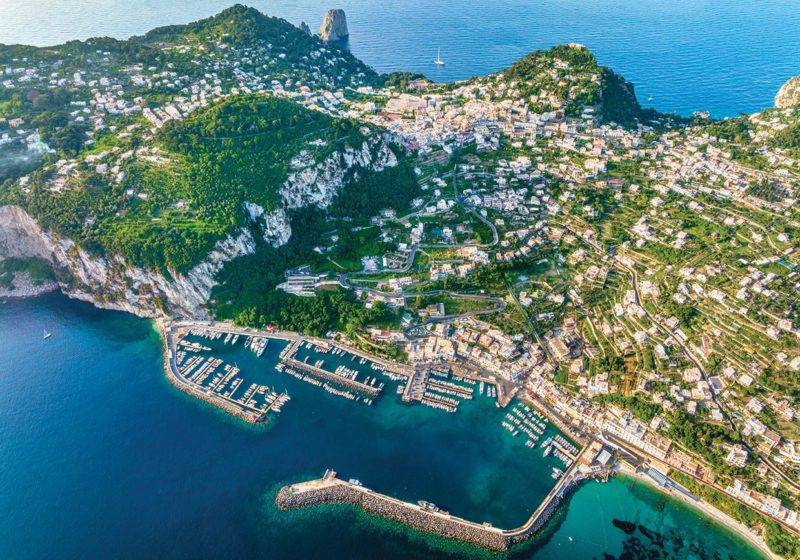
Featured photo © Feng Wei Photography
Words by Fleur Kinson
Italy, as a nation-state, has existed in its current form for about a century and a half – no more.
Regular visitors, travellers and property owners will be fully aware that this nation-state is in fact an amalgamation of many similar but different regions and peoples, who eat differently, live diverse lifestyles, and often – at home at least – speak really quite divergent dialects that, had it not been for the Risorgimento, might well be classed as distinct languages.
Go to Sardinia or Sicily, for example, with your formal Italian, and you may find that your linguistic talents are not quite up to conversing freely with your neighbours at the local bar!
Italy’s Islands: at a glance
Sardinia
Sardinia’s most densely populated areas are around Olbia, Cagliari and Alghero.
There are flights from the UK to each of these three destinations.
It is quieter on the western and eastern coasts, and inland it gets much more rural.
The island’s biggest draws are its sandy beaches and sapphire sea.
Sicily
Sicily is served by airports at Palermo, Catania, Trapani and Comiso.
The summers are hot and it stays pleasant through winter.
There are several Blue Flag beaches and UNESCO World Heritage sites.
The rest
Other areas among Italy’s islands and island groups include Capri, Elba and the Aegadian Islands, offering varied property prospects from super-expensive Capri to cheap and charming Favignana.
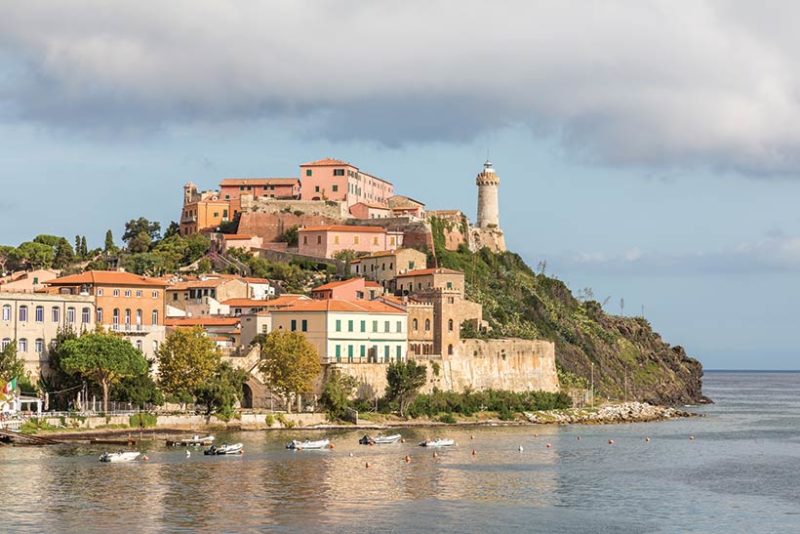
Sardinia: North
The North Sardinia coast is the biggest attraction in the northeast.
Sardinia’s tourist industry began here in the 1960s as a luxurious, exclusive resort, and nothing’s really changed – the area still commands by far the highest property prices on the island, and offers a glamorous lifestyle among the international jet-set.
To find more realistic prices in the northeast, further north you’ll find Santa Teresa di Gallura, and further south are San Teodoro and Budoni.
Olbia is a functional town that hasn’t so far attracted much interest from foreign buyers but acts as a good portal.
Inland there are pleasant villages, although this area is much more remote and considerably less populated, with mountains and cork forests making up much of the terrain.
In the northwest, the main resort is Alghero, a charming town with a thriving fishing port and attractive medieval architecture, close to pretty beaches and lovely countryside.
There is also good rental potential here, but house prices are getting steeper by the year as Alghero’s popularity grows.
Stintino, a little north of Alghero, is even pricier, but offers breathtaking beauty and is a hotspot for holiday homes.
Look to Sassari, a little further inland, for slightly lower prices.
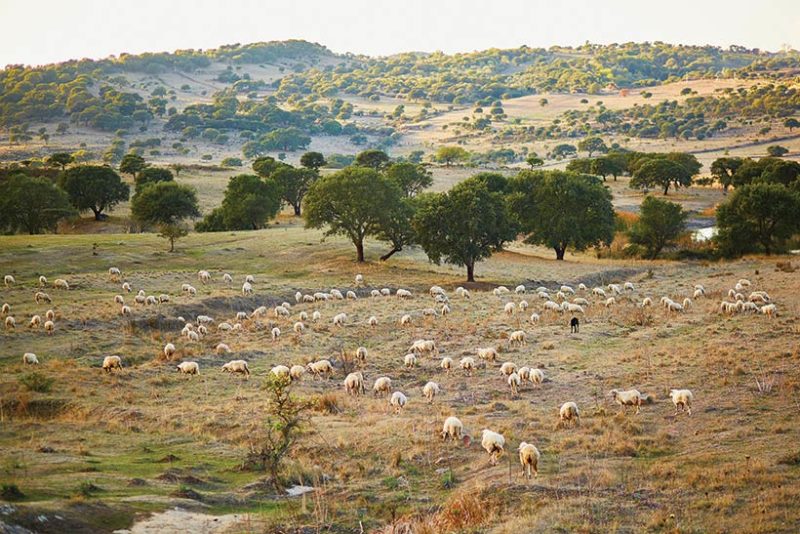
Sardinia: Centre & South
Although there’s been an increase in recent years, fewer visitors seem to spend time at Sardinia’s central coast, both east and west.
This is reflected in the property prices, which are lower than other coastal areas of the island.
Oristano, on the west coast, is a pleasant town surrounded by wildlife-rich canals and lagoons, and there are still some good buys to be had in the smaller villages.
Inland, the Lake Omodeo area is picturesque and reasonable in price. Further east, you’ll find the most remote, unvisited part of the island.
The rugged, forested Gennargentu Mountains are a place of wild, natural beauty but villages around here are tiny, deeply traditional and not so easily accessible.
Enjoy some of the island’s lowest property prices here.
Sardinia: South
Sardinia’s south has seen more foreign buyers in recent years, thanks to an increase in budget flights to Cagliari.
This has meant a rise in visitor interest and holiday rentals, but it also means prices have gone up.
It is, however, still cheaper than the north and there are some lovely towns here.
The capital is a likeable place where property prices are fair, and good beaches and countryside are within easy reach.
Closer to the coast, southwest of Cagliari, the Costa del Sud has great beaches and lovely towns like Pula and Chia.
The nearby resort of Santa Margherita is upmarket; look to the Costa Rei for value in a nice area.
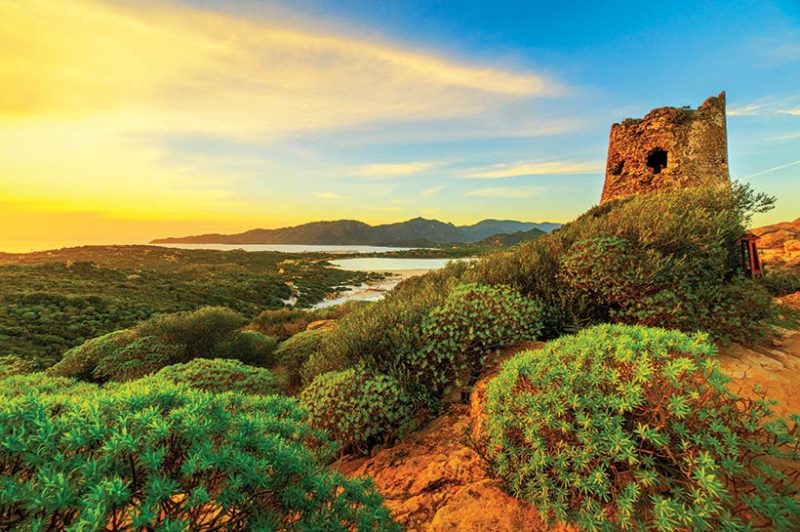
Sicily: North & Northeast
From Palermo to Milazzo is the Tyrrhenian Coast, packed with holiday resorts and beaches.
The most popular is Cefalù, a seaside town with medieval streets and a long, sandy beach. Inland you’ll find it less touristy, with mountain villages and parks.
Taormina and the northeast encompasses the Ionian Coast between the Straits of Messina and Catania, and is the most popular tourist area.
It is also home to Europe’s largest active volcano, Etna.
Taormina is Sicily’s best-known resort, offering a place to stay for every budget.
It is lively and European and hosts glamorous events such as film festivals.
Sicily: South & Centre
The southeast corner of Sicily has scenic countryside, stunning beaches, and is largely unspoilt.
Syracuse is an elegant, ancient city fusing Greek design and 18th century baroque architecture.
Further south is dazzling Noto, rebuilt in the early 18th century after an earthquake.
Further inland, Ragusa is a charming provincial town. Its neighbour Modica has excellent food, stunning architecture and delicious chocolate to offer.
The Riserva Naturale Oasi Faunistica di Vendicari, a protected stretch of coastal salt marshes, is a haven for rare birds.
The centre and south is a region of contrasts: the ancient landscape is mountainous in parts and reflects the agricultural and industrial endeavours that have characterised this area through the centuries.
It is an area of great natural beauty with isolated towns reflecting a quieter pace of life.
The UNESCO World Heritage Site at Piazza Armerina, the Villa Romana del Casale, is a magnificent Roman country residence.
Further south enjoy Agrigento’s Valley of the Temples.
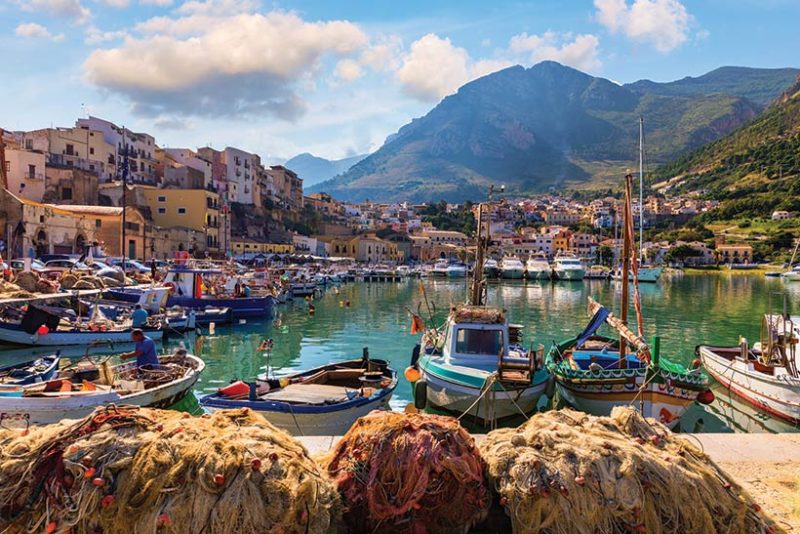
Sicily: West
Sicily’s capital, Palermo, is also the island’s largest city; exotic and bustling, it is a heady mix of Oriental and European influences.
To the west of Palermo the terrain is rugged and peppered with Greek ruins.
This is one of the areas of Sicily most off the tourist trail, but its tranquillity makes it a must-see area as the coastline has a lot to offer with its clear waters and tiny coves.
Part of the shoreline is incorporated into the nature reserve of Zingaro.
Characterful resorts dotted along the coast include Trapani, Marinella, Erice and Marsala, with great hotels and excellent food and wine on offer.
Italy’s smaller Islands
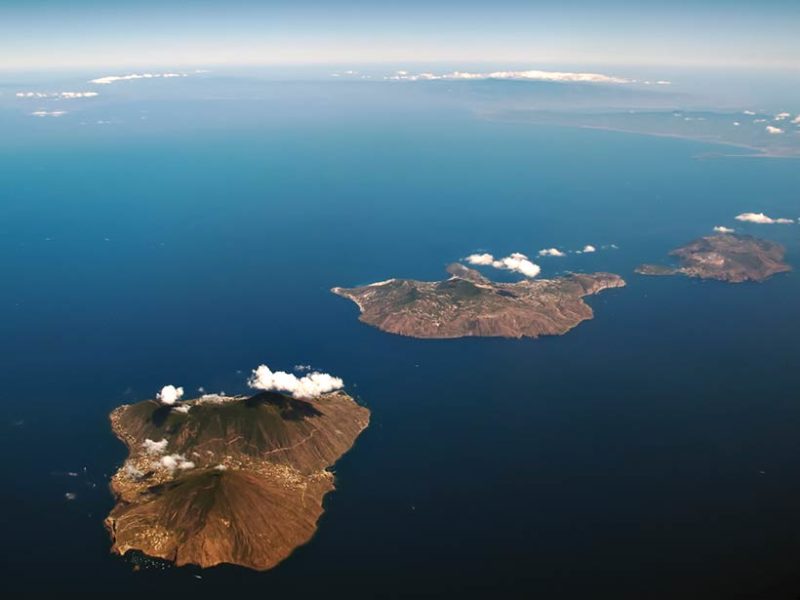
If you really want to escape the city, a host of Italy’s small islands await your attention.
Capri is nestled off the bay of Naples, resplendent with high-class, luxurious retreats and prices to match.
The bay also offers Ischia and Procida, the former a precious haven of sublime beaches and thermal springs, the latter more suited to tranquil retreats.
Elba, west of Grosseto’s coast, has pretty beaches and great walking.
North of the Sicilian coast are the Aeolians, a septet of volcanic islands bursting with flora and fauna.
To the northwest are the unspoilt trio of Favignana, Levanzo and Marettimo, making up three of the Egadi Islands, with some bargain opportunities, while to the southwest lie Lampedusa and Pantelleria – true hideaways.
Like what you see? Find out more about living on the Islands of Italy
